Status Demolished Town or city Dundee Height 58 m Floors 18 Architectural style Brutalist architecture | Type Office block Address 28 Crichton Street Country Scotland Opened 1975 Cost 2.5 million GBP | |
 | ||
Similar Tay Road Bridge, Law - Dundee, Caird Hall, Tay Rail Bridge, Wellgate Centre | ||
Tayside house demolition
Tayside House was an office block development in the city centre area of Dundee. The building served as the headquarters for Tayside Regional Council and its successor organisation following local government reorganisation, Dundee City Council. Tayside Police leased part of the building, this formed the city centre police station.
Contents
- Tayside house demolition
- Tayside house the final days of the demolition dundee scotland
- History
- Demolition
- References
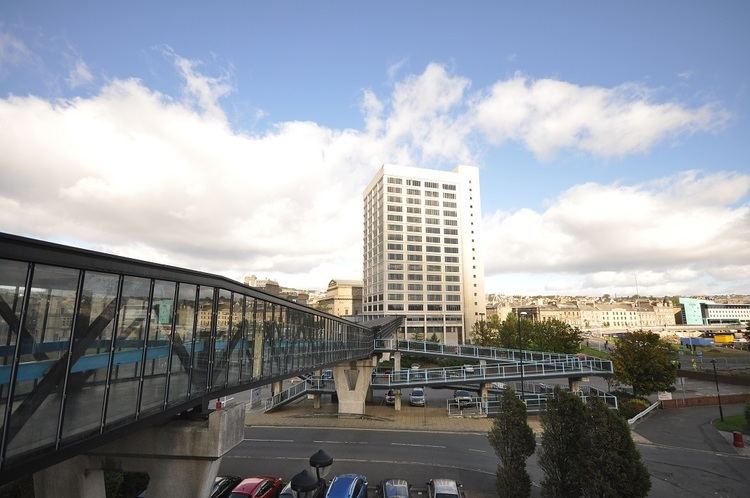
A raised walkway across the busy A991 road was added during the 1980s, connecting the city centre and Tayside House with the Olympia Leisure Centre and completely separating pedestrian and vehicular traffic.

Following the decision to build replacement offices elsewhere and redevelop the area, initial work began on the demolition of Tayside House in 2011. The main demolition work was completed in July 2013.
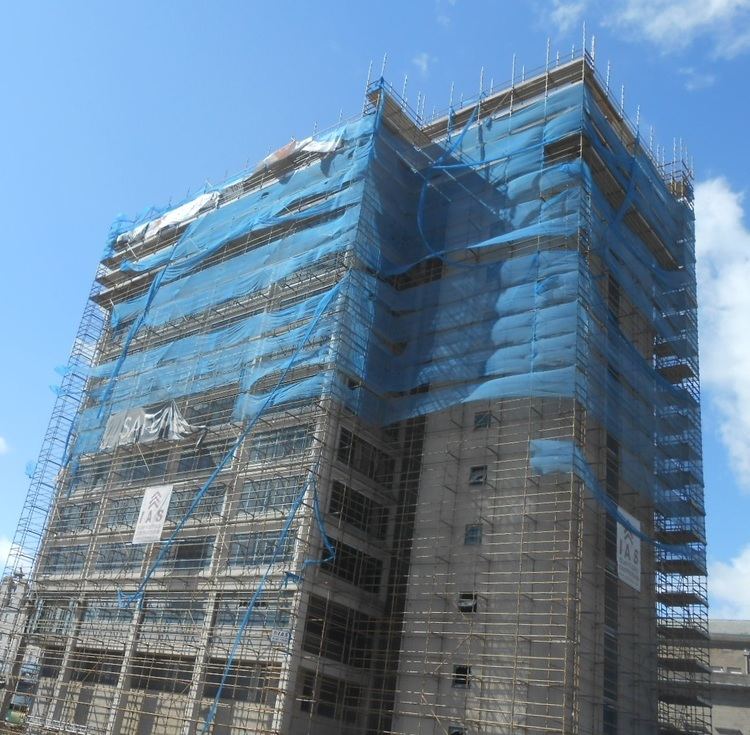
Tayside house the final days of the demolition dundee scotland
History
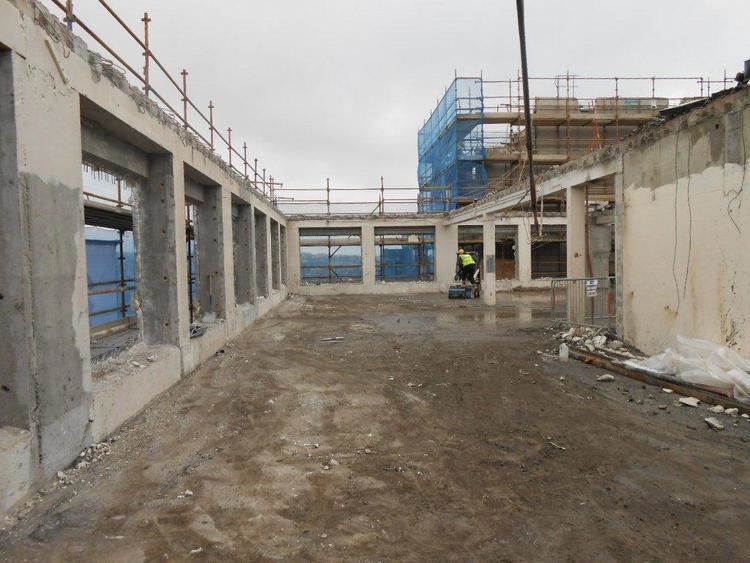
Tayside House was a purposed built office block, designed by Dundee architects James Parr & Partners for property developers Ravenstone Securities and Guardian Royal Exchange, specifically for the newly formed Tayside Regional Council to lease. Tayside Regional Council was a local authority formed by the Local Government (Scotland) Act 1973, and came into existence in 1975. Tayside House was completed in 1975 (although the building would not be fully occupied until 1977) with Tayside Regional Council contracted to lease the building for 63 years.
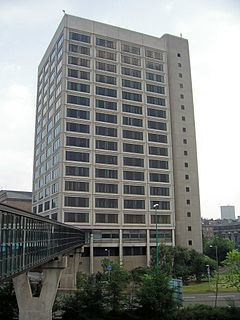
The development of Tayside House included a raised walkway across the A991 road, allowing pedestrian access to the nearby Olympia Leisure Centre.
Tayside Regional Council purchased the building from Ravenstone Securities and Guardian Royal Exchange for £8.6 million in 1984.
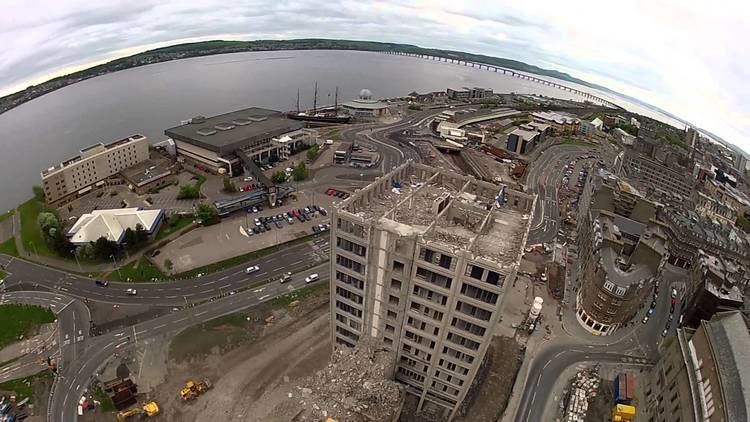
Tayside Regional Council was abolished by the Local Government etc. (Scotland) Act 1994 in 1995, ownership of Tayside House and other former Tayside Regional Council properties in Dundee passed to the successor authorities of Dundee City Council, Perth and Kinross Council and Angus Council. Dundee City Council agreed to purchase the other authorities interest in Tayside House and other Dundee properties in 1997 for £3 million, to be paid over 15 years.
Demolition
The decision to demolish Tayside House was made in 2003 as part of the Dundee Waterfront plan to redevelop the surrounding area as an extension of the city centre, expanding it to meet the River Tay. Annual savings of around £245,000 were expected by moving to a new headquarters; the long term financial viability of Tayside House was in doubt as early as 1997, when quotations of £7 million and £9 million were received to renovate the building and secure its future for 25 years. A quotation of £9 million was again received in 2003 to refurbish Tayside House and guarantee a 25-year life expectancy.
The initial plan to redevelop the area around Tayside House called for demolition to be complete by 2010, however delays in the completion of the replacement building, Dundee House, prevented staff and services being moved out of Tayside House until August 2011. The demolition contract, worth £1.2 million, was let in August 2011 to Dundee-based demolition contractors Safedem.
Demolition work began at the end of 2011 with extensive asbestos removal works needed prior to deconstruction. Due to the risk of damage to a nearby railway tunnel, it had been decided not to use explosives to demolish Tayside House, but instead to take it down gradually. The physical deconstruction of Tayside House began in early 2012 with the demolition of the building linking Tayside House with the Caird Hall. Work to dismantle Tayside House itself started in November 2012, the main demolition phase was completed in July 2013 and the site cleared by the end of 2013.
